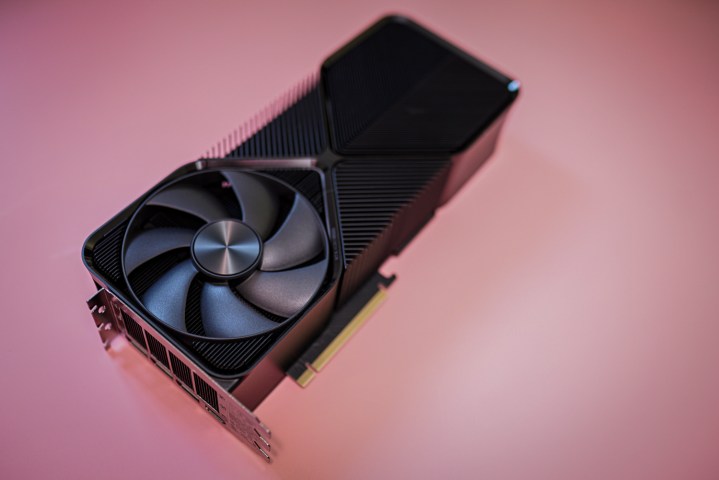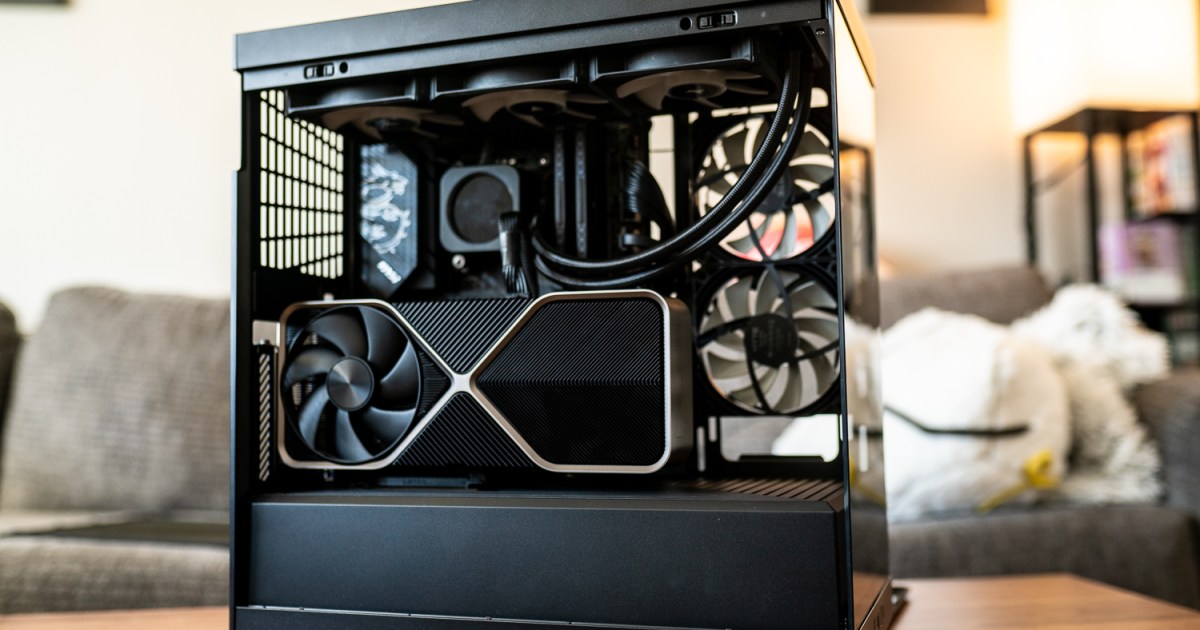None of us like higher prices, but that’s exactly what we could be in for next year.
I’m going to be analyzing the impact of Donald Trump’s proposed tariffs on the price of PC hardware in the future, using not only some estimates that are available now, but also the historical context of tariffs during Trump’s first administration. My point is not to say anything political in nature, but instead to take a serious look at just how much these tariffs will affect PC hardware pricing.
The target of these tariffs is the world’s second-largest economy in China, and the latest reports indicate the tariffs could be as high as 40% come early next year. That will undoubtedly impact the price of PC components, as both chips and hardware are largely manufactured in China.
Get your weekly teardown of the tech behind PC gaming
Some background

We’ve been here before. During the first Trump administration, tariffs ranging from 7.5% to 25% were imposed on various goods imported from China. Graphics cards and other PC components were originally spared from the import tax. However, as the pandemic started to peak, supply chains were disrupted, and the GPU shortage got underway, tariffs on China’s largest semiconductor firm, SMIC, went into effect.
The original tariffs that were supposed to go into effect in 2019 didn’t manifest at first, thanks to an exclusion that was offered as the pandemic ramped up. In early 2021, however, the exclusion expired. Not only did the tariffs keep GPU prices high, but Asus, at the time, also said that it would be raising the prices of its motherboards, and other companies followed suit.
The context of the pandemic is very important here, as the tariffs imposed in 2019 largely didn’t impact PC hardware until the supply chain was already disrupted. Because of that, it’s hard to attribute the rise in GPU prices — and PC hardware prices overall — solely to the tariffs. Regardless, they made an already bad situation worse.

If you lived through the GPU shortage of 2020, you already know how rough it was. The prices of PC components were sometimes double what they normally sold for, and you’d have to camp out in long lines outside of retailers to even have a chance of scoring something at list price. Even as the supply chain recovered, the prices of some GPUs only truly dropped in early 2022.
A big reason why is that the tariffs were lifted. In late 2021, a group of companies spearheaded by Nvidia asked the Biden administration to remove the tariffs, and they were joined by HP and Zotac in asking for the exclusion that was applied in 2020. In 2022, the tariffs were lifted, and immediately Asus said it would be lowering its prices by up to 25% — the same amount as the tariff. Just days before, prices on GPUs dropped significantly, barreling back toward list price.
We don’t have a pandemic to contend with this time around, nor a sudden rise in the price of cryptocurrency. However, the upcoming Trump administration has signaled that tariffs could climb up to 60% on goods imported from China, which could have a devastating impact on the price of PC hardware.
Projecting projections

Fast-forward to today. The proposed tariffs are 60% on Chinese goods and either 10% or 20% on goods imported from all other countries. This won’t all happen at once — that’s why I cited the 40% number earlier on — but that’s what’s been suggested. According to a study by the Consumer Technology Association (or the CTA, who’s behind the annual CES event), prices on smartphones would rise by 26% and prices of video game consoles by 40%. Laptops and tablets? 46%.
Those numbers alone show how big of a role tariffs on China play in the price of PC components (and video game consoles, which are using largely the same hardware). Although PC component manufacturing is focused in the Asia-Pacific region overall, including countries like Taiwan, Vietnam, and Korea, nearly all hardware touches Chinese-made components in some form. There are PCBs, fans, MOSFETs, capacitors, and a slew of other components that go into PC hardware that come from China.
On video games, one analyst told Digital Trends that the cost of something like the PlayStation 5 could jump from $500 to as high as $800 under the tariffs. We don’t have any specific estimates for GPUs and other PC components, but there’s plenty of historical context given the — relatively minor — tariffs we saw during 2021 and 2022.

Last time around, major tech companies like Apple, Microsoft, and Sony were able to carve out a temporary exclusion, and they likely will try again. That doesn’t mean they’ll be successful, however. Earlier this year, the tariffs lifted in 2022 were reimposed, and at the time, the CTA told PCMag that “they’re not getting rid of anything. There are only tariff increases.”
The CTA doesn’t have any estimates for PC hardware in particular. However, there are some parallels. For laptops, the CTA says China currently represents 79% of all U.S. imports of laptops and tablets, and 87% of imports for video game consoles. Prebuilt desktop computers are a bit different, representing only 2% of imports — though that’s largely because these PCs are assembled and imported through Mexico.
Understanding the cost of PC hardware

PC hardware is complex. Most components are truly a result of global manufacturing, which makes them highly sensitive to tariffs placed on any country, let alone China. “China remains the major manufacturing base of video graphics cards and personal computers in the industry,” computer hardware company Zotac wrote to the U.S. Trade Representative in 2021. “The major reason is due to the upstream supply chain remaining mostly in China.”
The supply chain for PC components isn’t solely in China, so you shouldn’t expect prices to suddenly jump by 60% across the board. However, the jump could still be signficant. Even if chips are made in, for example, Taiwan by TSMC, final packaging usually takes place elsewhere. AMD, for instance, has facilities in both China and Malaysia for final packaging.
Tariffs are meant to encourage domestic purchasing of goods made locally instead of the goods from the country on which the tariffs are imposed. The problem is that the U.S. doesn’t have much capacity for PC hardware manufacturing. Even looking to other countries like Malaysia and Vietnam, it’s unlikely that PC hardware companies will be able to pull completely out of China.

We saw this in action in 2021 when the original tariffs went into effect. Even a U.S.-based company like EVGA raised prices on its graphics cards across the board at the time, with some GPUs going up by as much as $100. That was only with a 25% tariff, as well. With a 60% tariff, or even a 40% one, that number could climb quite a bit.
Although it’s worrying for the price of building a PC, it’s important to remember that nothing has actually happened yet. The increased tariffs aren’t in place, and it’s still possible that the tariffs on PC components could either be lower or completely removed when the time comes. But the signs right now just aren’t promising.







